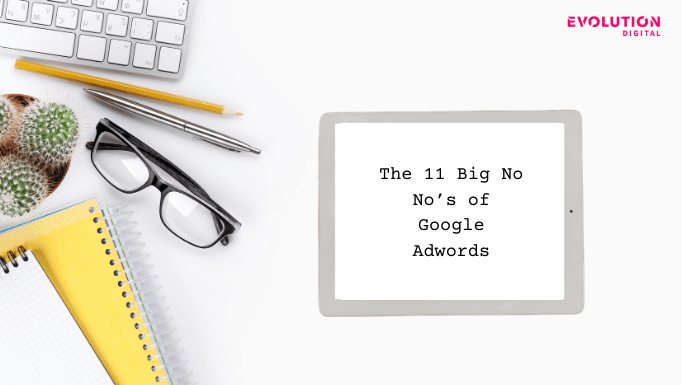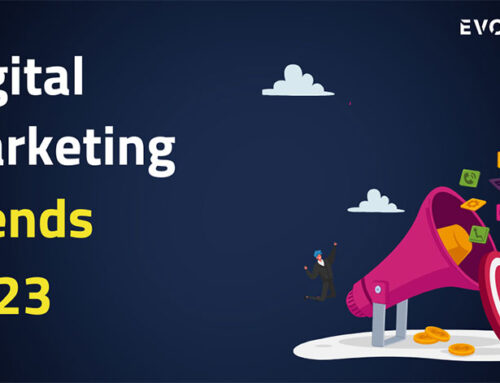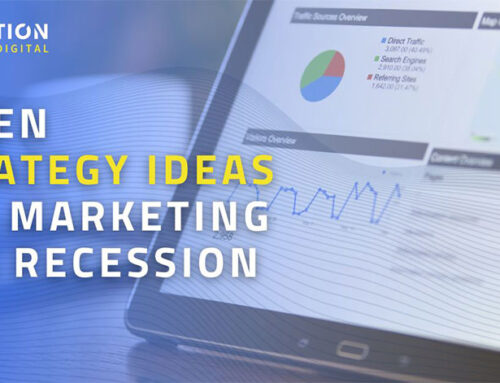There are many articles out there about the 5 Big No No’s, the 6 Big No No’s and the 7 Big No No’s for Adwords or even 10… So I decided to write about THE 11 BIG NO NO’s of GOOGLE ADWORDS!

Let’s do this then young Adwords Padawans:
Big No-no #1: Not having clear campaign objectives
First rule of an Adwords campaign is to define clear objectives, like any marketing campaign. This will help you decide if the campaign is doing what it is supposed to do, or if you need to tweak your strategy.
Adwords campaign objectives can be the following:
- Increase ecommerce sales
- Increase foot traffic
- Increase phone inquiries
- Increase contact form submissions
- Other (?)
Basically you must decide what a conversion is for your business, in other words what are your business goals? 9 out of 10 businesses have the end goal of sales, but for some, it might be brand awareness or awareness of a cause in the case of non-profits.
Big No-no #2: Using only broad match keywords

Look what you have done to Captain Picard! (What’s a blog post without a little Star Trek reference? It’s not a good blog post)
Broad-match keywords mean that people can input anything into the Google search bar as long as it contains the broad match keyword.
I think the best way to explain this is through an example:
A Hotel in Dublin has set up an ad group to promote room bookings. Let’s call it a generic “Hotels Dublin” ad group. Within the ad group, they use broad-match keywords Hotel Dublin, Hotel room Dublin, Cheap Hotel room Dublin, Hotel.
Kudos to them for only using 4 keywords phrases in their ad group (we recommend using 4 to 12 keywords for maximum segmentation), however, they have not entered any negative keywords and therefore their ads a popping up for “Hotel jobs Dublin”, “Hotel management courses Dublin”, and “Hotel for wedding receptions Dublin” whereas they do not offer these things.
What are the consequences?
- Their ads will get a high number if impressions, but a low number of clicks since the ads are irrelevant for “Jobs” and “management courses”, and hence their CTR (click through rate) will decrease.
- If people click on the ads for irrelevant searches, the Hotel will be losing a lot of money and will be driving low quality traffic.
- Due to the low quality traffic, the conversion rate will decrease (people will not convert if they can’t find what they are looking for).
Take a look at this explanatory graph: Exact Match allows you to have more control over your ads! Makes sense?
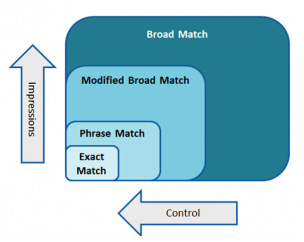
Here are the different match types you can use, AS LONG AS YOU HAVE THOUGHT IT THROUGH:
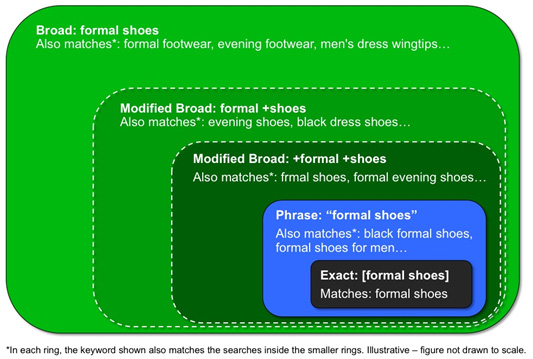
Big No-no #3: Not using Negative Keywords
If you choose to use broad match keywords in your ad groups, you MUST also input negative keywords in the ad group in order to get more targeted and more relevant clicks that will more likely convert. You can decide which negative keywords you should be using by going into the Search Term Report:
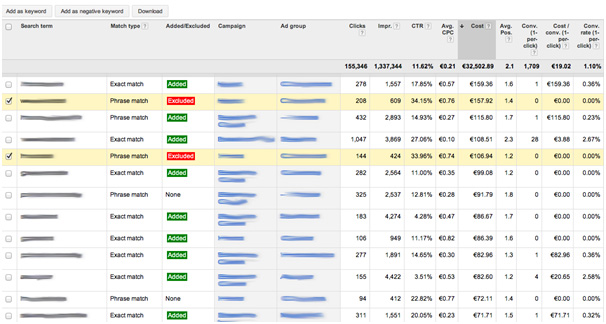
You can see that before they added the negative keywords, they wasted over €250 getting conversion-less clicks.
Big No-no #4: Display without remarketing
Display ads are known to have a lower CTR (Click Through Rate) and a lower conversion rate. However they sometimes have a lower CPC (Cost Per Click). This is why you need to use the Display network wisely: REMARKETING!
Little remarketing anecdote: The other day (at lunch time of course), I was looking for a specific pair of sandals (I mean if Kim Kardashian wore them once, then I have to have them too). I did a Google search and an ASOS search ad popped up. I clicked and then added the sandals to my basket. When lunch time was over, I left the site without buying and left my shopping cart full.
Then, when I was back at work performing some competitor research for one of my clients, what do I see? An ASOS display ad for my sandals!
And that folks, is excellent remarketing (I bought them and I can’t walk in them, but that’s irrelevant).
The only other reason you should do remarketing is for brand and product awareness, but don’t expect many conversions.
Big No-no #5: Not segmenting enough
Segmenting keywords into different ad groups is vital to improve your ads’ quality score. A good quality score is so important, and this is why:
- Google will recognise the quality of your ads and therefore you will get more impressions.
- With more impressions you will get more clicks depending on your CTR
- With a higher amount of clicks, you will get more conversions!
We would advise having from 4 to 12 keywords per ad group, as this will make it easier for you to include the keyword in the ad title, ad copy, landing page URL and landing page copy. All of these things = good quality score.
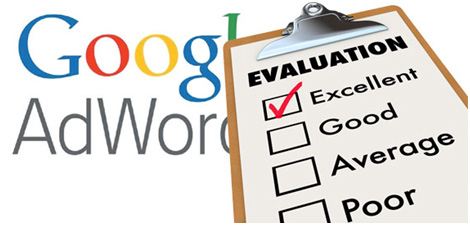
Big No-no #6: Not Taking Advantage of Extensions
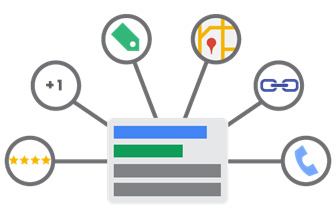
Ad extensions are a great way to add information to your ad outside of the ad copy character limit. Why wouldn’t you use the extra space?
Ad extensions include:
- Callouts (for example you can add “free delivery”, “free returns”, “Open Mon-Fri” or Secure Payments”
- Location extension
- Sitelinks to add extra links to the ad for complimentary webpages for products or services, or delivery policy (whatever makes sense for the ad)
- Call extension to add a phone number to your ads. Mobile ads allow you to call directly by clicking on the call extension.
- Review extensions (people trust reviews and are more likely to convert if they read positive reviews)

Big No-no #7: Not Taking Advantage of Mobile Ads
As of today mobile represents approximately 30% of all incoming website traffic for most companies. Why would you not tailor your ads for mobile to improve your CTR?
The best practice is to have your mobile ads in 1st or 2nd position on the SERP, since mobile devices have smaller screens, there is not much room for ads.
When creating different copy for your ads, make sure to tick the “mobile” box to make sure the ad will not show on desktop. What I mean by tailoring the content is for example telling people that they can shop from their phone, or click the call button.
The mobile ad copy can actually be the same as the ad copy for desktop ads. You simply have to create extensions adapted for mobile readers. You can create a callout extension for instance that says “shop from your phone”.
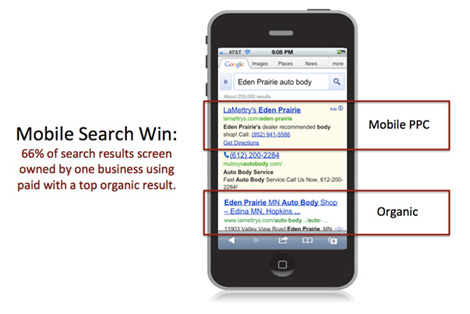
Big No-no #8: Using the Homepage as the destination page
Imagine you are searching for a wedding venue in Dublin, and you type “wedding venue Dublin” into Google. An ad for a wedding venue pops up, so you click on it. It leads you to a hotel homepage, with no mention of wedding venues. You are disappointed and annoyed, so you bounce off.
Hence the importance of ad-specific landing pages! Make sure that you are showing people what they want to see. Not only will this improve the quality score of your ads, but it will also improve the conversion rate.
Big No-no #9: Not carrying the message through
Another example: You are looking to buy a BBQ grill, because you figure that it will stop raining at some point (come on Ireland!). An ad pops up that mentions a massive sale, 75% off all grills until Sunday June 7th. You get really excited and click straight away (a sale, whoop whoop!). The ad takes you to the grill page on the website, but there is no mention of a sale. You now think the company scammed you and you bounce off.
What is this doing for the grill company? They are spending money on clicks but increasing their bounce rate and decreasing their conversion rate. They are also harming their brand image!
Lesson to be learned: Make sure that the message in your ad is carried through to the website.
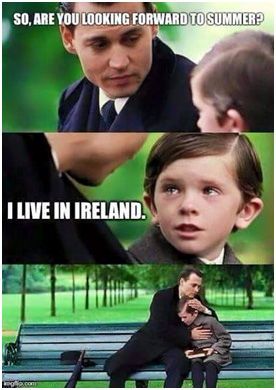
Big No-no #10: Not tracking conversions
How will you know what ROI you are getting from your campaign? How will you know if you are flushing money down the toilet?
You need to be tracking conversions, so that you can see which ad groups are performing better than others. You cannot simply use the amount of clicks or CTR or CPC as your main KPIs. An ad group could be getting hundreds or thousands of clicks but not converting, in which case you need to work on optimising the keywords, ad copy, or simply pause the ad group.
Big No-no #11: Setting up a campaign and leaving it be
An Adwords campaign is a tedious process to set up, with ad specific landing pages, keyword research, ad group specific extensions etc. However it is not enough to simply set up the campaign and leave it be!
Adwords campaigns need to be constantly monitored to track performance and optimised to reach your business goals.
For example, if you see that an ad group is getting loads of clicks but not converting, you may need to rethink your keyword strategy to include more targeted long tail keywords. This way your ad will appear to a more targeted audience, who is specifically looking for your business and is likely to convert.
Another example would be adding negative keywords to your campaign, to make sure you are not wasting money on clicks that do not convert.
Does this sound way too complicated? If a small sweat bead is starting to form at your temple, this is a sign that you need to give us a call! 01 288 5118 is our number, we are here to help. :P

